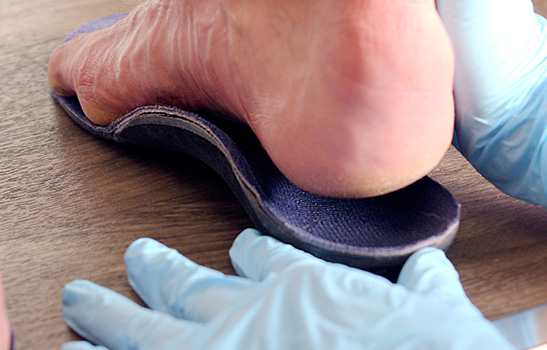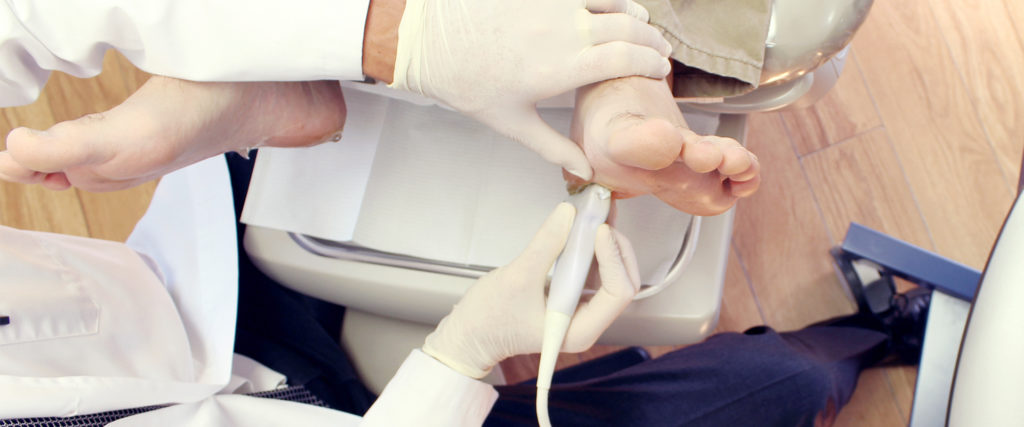Digital radiography
A digital radiography is a medical imaging using the X-rays to visualize the osseous and articular structures.
Digital radiography, what is it?
Medical imaging using X-rays to visualize bone and joint structures to refine a diagnosis.
Digital radiography, who is it for?
- A patient suffering of painful feet or ankles
- Evaluation of foot posture. In fact, standing X-rays are an important tool in the evaluation of fee atlignment because it allows us to visualize the congruence of the 26 bones and the 33 joints that compose a foot. To be more precise, angles and even the length of certain bones are measured.
- A patient with foot deformities. Radiography can measure and quantify problems such as bunions or hallux valgus, hammer toes, etc. Thus, xrays provides us a quantifiable method that tracks the progression of foot misalignment over time.
- Radiography is used to assess the presence of calcifications and bony growths (for example, heel spurs), fractures, tumors or arthritic processes (osteoarthritis, gout, arthritis), etc.
What are the earnings of digital radiography?
- The on-site X-ray service allows for patients to be seen right away and prevents the delaying of treatments.
- Digital radiography decreases radiation doses
- The fact that the device is digital makes it possible to obtain results quickly
-
Positioning and images
It is very important that the images are taken in a standing position to have a true representation of the natural alignment of the foot.
-
Assessment and Measurements
Problematic structures are identified and measured. Alignment of the bones of the foot is measured with precise angles and measurements.
-
Delivery and explanation of results
The results are explained to the patient during the same visit.
-
Evolution Tracking
Images can be used to track the progress of the condition over time.
I already have my x-rays, it should be enough for my podiatrist ...

It is important that X-rays be taken accurately and in a standing position to highlight the actual positioning of the foot when used. However, since hospital radiology systems don’t always allow the standing position, X-rays prescribed by doctors are often taken seated or lying down. Thus, it is sometimes necessary to take other angles of view.
X-rays of feet are dangerous because of radiation ...

Fortunately, the X-rays used in a foot study are low doses. For comparison, a single chest x-ray is equivalent to 50 x-rays of feet. Nevertheless, they are contraindicated in pregnant women.


